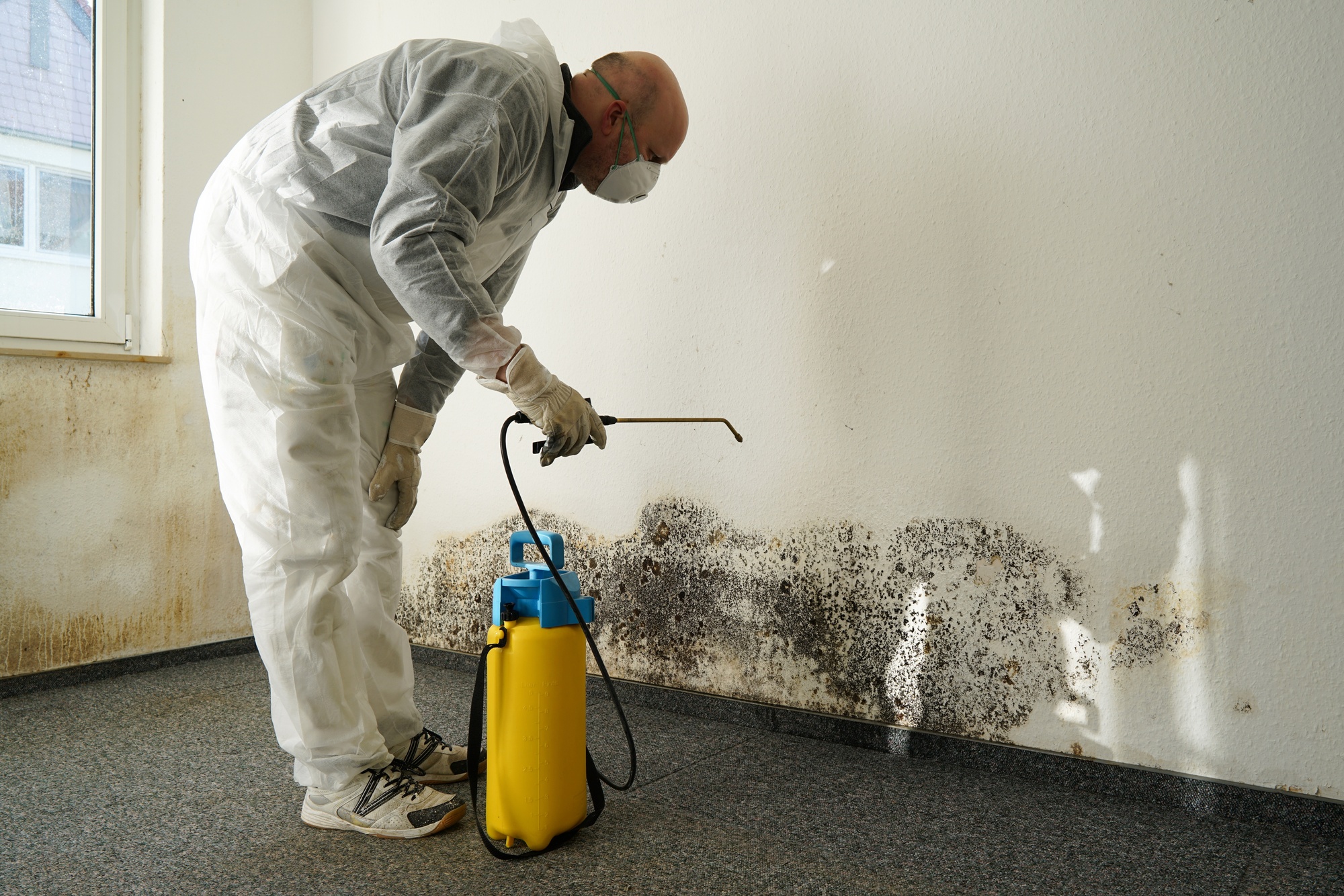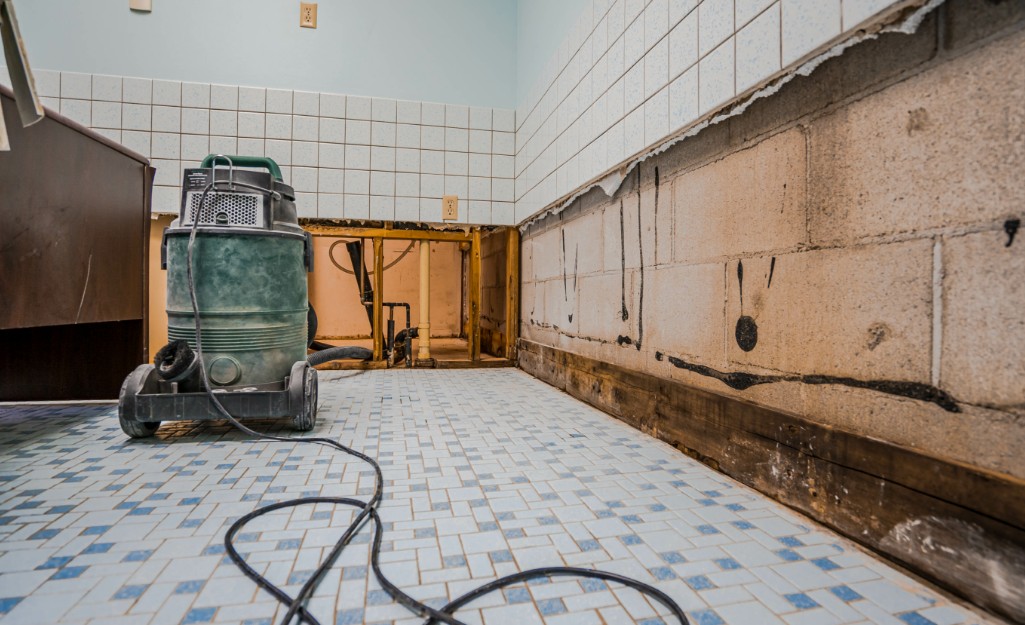Water Damage Restoration 101: Understanding the Process and Expense
Water damage can strike all of a sudden, leaving homeowners in a state of complication. Understanding the repair process is important for reliable recuperation. From examining the damage to picking the appropriate provider, each step affects the total result and expense. Aspects such as the kind of water damage and urgency additionally play a substantial function. What are the specific strategies used in restoration, and exactly how can one prepare for possible expenses?
Kinds Of Water Damage

First Assessment and Examination

Water Extraction Strategies
Complying with the first assessment, reliable water removal techniques are used to reduce damage and avoid further issues. These methods include the usage of specific tools such as completely submersible pumps and industrial-grade vacuums - Water Extraction And Drying. The option of approach depends on the volume of water present and the sort of materials impacted. For standing water, completely submersible pumps are typically utilized for rapid elimination, while vacuums are ideal for removing water from rugs and upholstery. In addition, advanced techniques like water removal mats might be used for hard-to-reach locations - Water Damage Restoration. The objective is to remove as much water as possible, reducing the potential for mold and mildew development and architectural damage. Prompt and effective water removal is important in the overall water damage repair procedure
Drying Out and Dehumidification Process
As soon as the water extraction is total, the drying out and dehumidification process ends up being essential to recovering the damaged area. This stage commonly employs industrial-grade dehumidifiers and air movers to successfully minimize moisture degrees. The dehumidifiers reel in moist air, getting rid of excess moisture, while air movers flow air to speed up evaporation. Monitoring devices is commonly made use of to track humidity and temperature degrees, guaranteeing suitable drying conditions. The duration of this process can vary depending upon the level of the water damage and ecological aspects. It is vital to completely dry all influenced products, including wall surfaces, flooring, and furnishings, to stop mold development and structural damage. Correct implementation of this action is critical for an effective restoration outcome.
Cleaning Up and Sanitizing Afflicted Areas
A comprehensive preliminary assessment and examination of affected locations is important to identify contamination degrees as soon as the drying process is complete. Water Damage Restoration. Effective cleansing methods and appropriate products have to then be utilized to get rid of particles and stains. Sanitization and disinfection methods are essential to guarantee that hazardous microorganisms are gotten rid of, recovering the space to a secure problem.
First Evaluation and Examination
Before beginning any type of repair initiatives, a thorough preliminary analysis and examination of website the affected areas are crucial for reliable cleansing and disinfecting. This process involves identifying the extent of water damage, determining the source of the water intrusion, and reviewing the materials impacted. Examiners commonly look for indicators of mold and mildew growth, structural honesty problems, and harmed personal belongings. The evaluation also consists of checking wetness degrees making use of specialized equipment to ensure no surprise water pockets stay, as these can result in more issues. Recording the findings is necessary for planning the following action in the remediation process. A detailed preliminary evaluation makes it possible for restoration experts to design a targeted strategy for reliable cleansing and sterilizing, eventually minimizing damage and wellness dangers.
Cleaning Techniques and Products
Efficient cleansing and disinfecting of water-damaged areas require a selection of items and methods customized to the certain materials influenced. For porous surface areas like drywall and carpets, extraction techniques are important to get rid of excess wetness, complied with by deep cleansing with specialized detergents. Non-porous products such as tile or steel can be cleaned using commercial-grade cleansers that properly eliminate contaminants. Heavy steam cleansing is an additional reliable strategy, especially for carpetings and furniture, as it uses heats to remove microorganisms and mold (Water Damage Restoration). In addition, green products are progressively popular for their safety and security and efficiency - Water Damage Restoration. Ultimately, selecting the suitable cleansing techniques and products not just ensures immediate tidiness but additionally help in avoiding additional damage and carcinogen associated with water breach
Sanitization and Disinfection Approaches
When addressing water damage, proper sanitization and sanitation techniques are necessary to ensure the security and wellness of the damaged atmosphere. After preliminary cleansing, surfaces should be treated with suitable anti-bacterials to remove virus, mold, and microorganisms that thrive in wet problems. Common techniques consist of making use of EPA-approved chemical disinfectants, which can be applied via spraying or cleaning methods. Additionally, ultraviolet (UV) light systems can successfully sterilize locations by reducing the effects of microbes without extreme chemicals. The choice of technique often depends upon the kind of materials affected and the level of contamination. Eventually, complete sanitization not only restores a risk-free home yet also assists stop future health and wellness threats related to remaining wetness and mold and mildew growth.

Fixings and Restoration Options
Reviewing the damage triggered by water direct exposure is important for identifying the ideal fixings and restoration alternatives. Homeowners may deal with numerous issues, consisting of damaged drywall, warped flooring, and jeopardized architectural elements. Depending on the level of the damage, repair services may include replacing areas of drywall, mounting new flooring, or enhancing structural beams. In situations of serious damage, total replacement of affected materials could be required. Additionally, professional conservators typically advise using dampness meters to examine hidden dampness levels before picking the finest training course of action. It is necessary to act immediately to stop mold development and further degeneration. Selecting the best alternatives not just brings back the building but additionally assures long-term safety and functionality.
Aspects Influencing Restoration Costs

The extent of water damage directly affects the repair sets you back house owners can expect to incur. Elements such as the resource of the water, the period of direct exposure, and the damaged products greatly affect prices. Clean water damage from a damaged pipe is generally less expensive to recover contrasted to damage triggered by sewer. Additionally, the degree of contamination determines the requirement for specialized cleaning and disposal solutions, further increasing expenses. Geographical area additionally contributes, as regional labor prices and availability of remediation services can differ. The urgency of the response impacts costs; quicker treatments commonly lead to lower general expenditures by protecting against further damage. Comprehending these aspects is vital for property owners when approximating reconstruction costs.
The 3 main kinds of water damage are classified based on contamination levels: tidy water, grey water, and black water. A detailed preliminary analysis and examination are vital actions in the water damage repair process. For standing water, completely submersible pumps are generally made use of for quick removal, while vacuum cleaners are perfect for removing water from rugs and upholstery. The degree of water damage directly affects the reconstruction sets you back homeowners can expect to sustain. Clean water damage from a broken pipeline is typically much less expensive to recover compared to damage triggered by sewer.